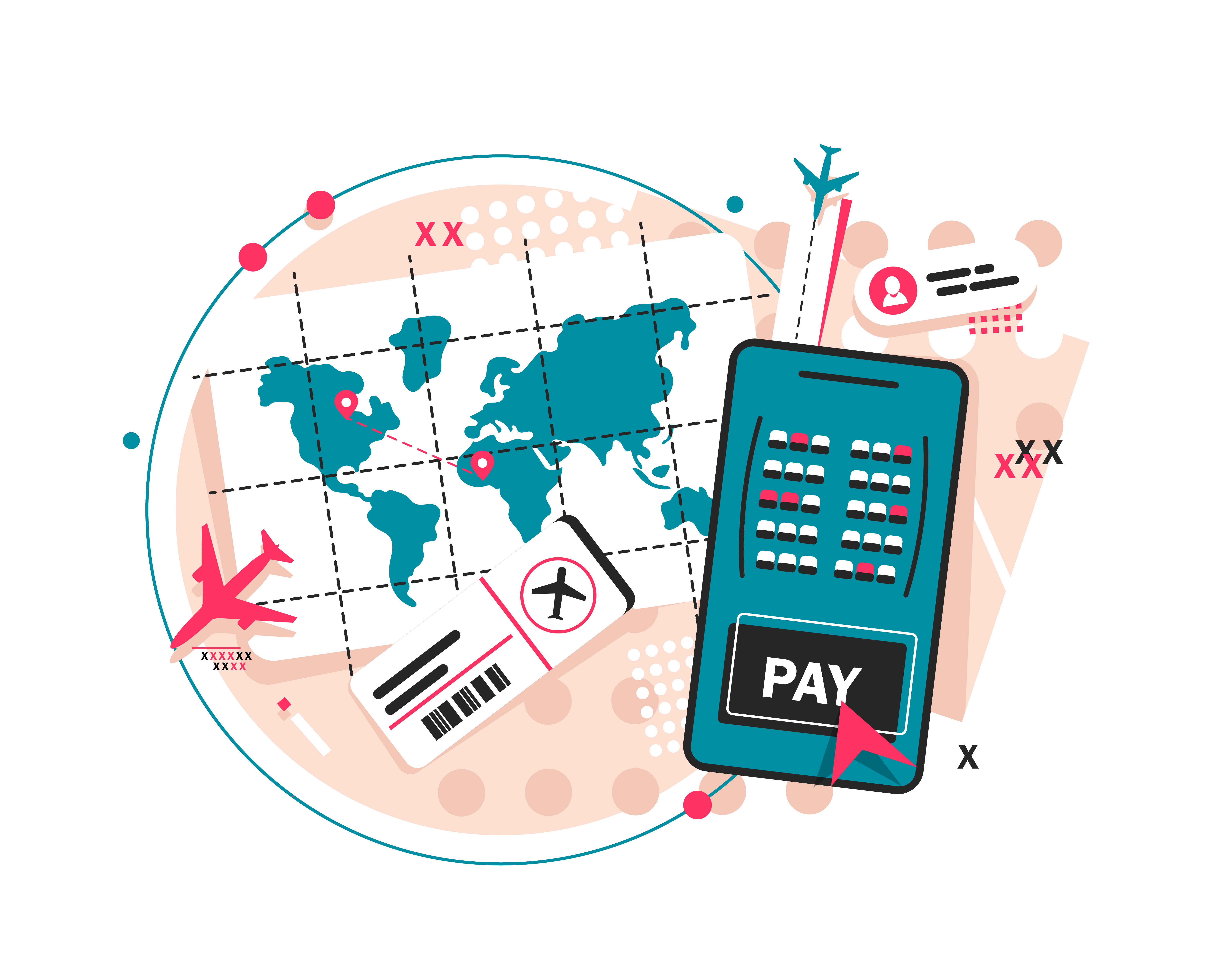Every year, migrant workers send over $650 billion to their families back home. These cross-border payments are more than transactions—they’re lifelines.
But traditional remittance methods are slow, expensive, and filled with intermediaries. A typical remittance takes 2–5 business days to clear and often includes hidden fees, currency losses, and paperwork delays.
Now imagine this: what used to take three days can now happen in three minutes.
That’s the reality for thousands of migrant workers using TransFi—a next-gen crypto on-ramp enabling fast, affordable, and compliant remittances using stablecoins like USDC.
Let’s explore how TransFi is redefining cross-border payments for migrant workers, and why it’s one of the most powerful use cases of Web3 in the real world.
The Problem: Traditional Remittances Are Slow, Costly, and Outdated
Despite their critical role in supporting global families, migrant workers face major barriers when sending money across borders:
- Delays of 2–5 days for money to arrive
- High fees (up to 10% of the amount sent)
- Currency conversion losses
- Limited payout options in rural areas
- Reliance on cash agents and physical branches
For someone sending money from Dubai to the Philippines, or from Qatar to India, this lag can mean missed rent, delayed tuition payments, or food insecurity back home.
Real-World Impact: From Construction Sites to Families
Take the story of Ajay, a construction worker in the UAE. Each month, he sends a portion of his salary home to his family in India. Before, he had to:
- Visit a remittance center
- Pay ~7% in fees
- Wait 2–4 days for funds to clear in INR
With TransFi:
- He sends USDC from his local wallet
- The funds arrive in 3 minutes, converted to INR
- His family receives funds via UPI on their mobile phone
No banks, no queues, no delays.
That’s the power of real-time international money transfer powered by stablecoins and TransFi’s infrastructure.
How TransFi Made It Possible
Stablecoin Integration
TransFi enables instant remittances through USDC, USDT, and other digital dollars—backed 1:1 and available 24/7.
Local Fiat Rails
Once crypto is received, TransFi seamlessly converts it to local currency using trusted payment methods like UPI (India), GCash (Philippines), Pix (Brazil), M-Pesa (Africa), and others.
Regulatory Compliance
All transactions follow KYC/AML standards, ensuring safe and legal cross-border money movement.
Multi-Chain Support
Users can send funds across Ethereum, Polygon, and BNB Chain, choosing low-fee, high-speed options.
Developer-First APIs
Wallets, apps, and platforms can plug into TransFi to offer this functionality to their own user base—without building backend infrastructure.
The Broader Benefit: Empowering Financial Inclusion
By reducing remittance time from days to minutes, TransFi is doing more than just solving a technical challenge—it’s solving a human one.
Financial access for the unbanked
Migrant families in rural areas can receive money directly to mobile wallets or cash-out methods they already use.
Predictable income flows
Families no longer wait in uncertainty for funds to arrive—rent, bills, and school fees can be paid on time.
Lower fees, higher savings
With fewer intermediaries and transparent rates, more of the sender’s money reaches their family.
Trust without complexity
The simplicity of TransFi’s interface makes it usable even by non-crypto-savvy individuals.
Developer Impact: Build Remittance Tools in Days
If you're a fintech builder, wallet operator, or remittance startup, TransFi’s APIs make it easy to:
- Integrate USDC/USDT on-ramps
- Support local payout rails in 100+ countries
- Offer instant, stablecoin-powered cross-border transfers
- Avoid building custom KYC/compliance infrastructure
This is how developers can solve slow remittances with Web3 payments—using battle-tested tools that scale.
Also read: How a Boutique in Brazil Now Accepts Crypto Payments with TransFi + USDC
Final Thoughts:
For decades, remittance has been a broken experience—slow, expensive, and painful.
But with TransFi, cross-border payments for migrant workers are finally catching up to the digital age. By merging stablecoins, local fiat rails, and developer-first APIs, TransFi delivers what remittances were always meant to be: instant, affordable, and empowering.
Whether you're a platform or a person sending money home, it's time to reimagine global payments—with blockchain remittances for workers abroad.
FAQs
1. How does TransFi help migrant workers send money faster?
By using stablecoins like USDC and local fiat payout rails, TransFi enables real-time international money transfer—often in under 3 minutes.
2. Is TransFi cheaper than traditional remittance services?
Yes. TransFi avoids banking intermediaries and uses low-cost blockchain networks, resulting in lower fees and better FX rates.
3. Which countries and currencies are supported?
TransFi supports fiat payouts in 100+ countries through systems like UPI, Pix, M-Pesa, and more.
4. Does the recipient need to know crypto?
No. TransFi handles all backend conversions and payouts—the recipient gets fiat in their local payment app or account.
5. Can developers integrate TransFi for remittance use cases?
Yes. TransFi offers APIs and and SDKs that make it easy to build stablecoin-powered remittance tools, fast.
Table of Contents
Suggested Article
Explore our products

Make global payments at the speed of a click

Accept payments, remove borders.

Unlock Seamless Digital Currency Transactions Anywhere








.png)














